Lifeblud | Interview | “Lost Acetate of Folky Prog”
Lifeblud originally began as a “poetry rock” band and recorded their debut in 1970, only appearing on acetate, which Seelie Court recently released.
This wonderful album is full of serene vocals with folky prog background and lyrics about nature, environmental issues, one line describing mankind as a fungus spreading across the planet. What sounds like a sitar is a guitar with a damaged bridge that created an accidental drone which they use to great effect. Three copies of the acetate were made at Trusound studios, which later became Sky and then SRT. Two of the acetate copies survived. The band recorded a second acetate LP in 1970 also at Trusound, but it has been lost. Luckily studio tapes of 1971 sessions survived and were released by Seelie Court as well (‘Be Thou My Very Armour’). Those recordings capture some of their finest songs, and the one surviving track from their heaviest phase, an extended folk rock song awash with High Tide-like fuzz and distortion. A live tape recorded on a hand held tape recorder from the back of a hall in 1971 also exists and has also been released thanks to the mentioned label.

“There are a lot of references to nature and the cosmos”
Where and when did you grow up? Was music a big part of your family life? Did the local music scene influence you or inspire you to play music?
Roger Knott: I was born in 1949 in my grandmother’s Edwardian terraced house in Deptford, south-east London, one of a family of four (I have an older sister). The street I was born in isn’t there anymore, due to redevelopment in the 1970s. We moved home a couple of times during the early fifties, living in Brockley and New Cross respectively during the first seven years of my life until we left London permanently, relocating to the new town of Hemel Hempstead in Hertfordshire. In those days housebuilding in “Hemel” (as it’s always referred to by locals) was just starting and the town seemed still very rural by contrast. The move we made was an exchange deal offered by local councils, swapping with a couple who couldn’t stand the quiet of Hertfordshire and wanted to get back to the smoky city! In those days everyone burned coal fires in London which resulted in frequent smog and even the post-WW2 New Cross maisonette we’d come from had brickwork thick with soot. Add to that the railway station (with steam trains) next door and the busy main road out front and it was a very noisy, smoky and polluted environment. By contrast the byelaws in Hemel allowed only smokeless coal fuel to be burned, so the buildings remained pristine, the air purer. My father had a half-brother who had already moved to Hemel with his family, so that might have prompted the idea to move there. I passed through my teen years in Hemel.
The road to my engagement with music began as an infant when my mother invited a neighbourhood acquaintance who was a practitioner in the pseudo-science of phrenology to read my future. He said I’d be musical and my mother should sit me by the radio (we didn’t have a television set then) whenever “good” music was broadcast, “not Jazz!” he stressed. Feeling buoyed, my Mum did as advised and that became my first exposure to music. Of course, the nature versus nurture argument comes into play here.
My parents were not musical themselves but my maternal grandmother played piano extremely well and knew all the old songs that would have been heard in London music halls. Typically, her piano was in her parlour or front room and tended to be played mainly at Christmas time or other special occasions. Other than that, I have a distant Uncle Charlie who ran the Ida Orchestra on ship cruises during the late 19th-early 20thCentury and I inherited a presentation baton his orchestra gave him on his retirement. I later wrote the song ‘Uncle Charlie’s Baton’ about it and recorded it in Nashville. I love writing lyrics and discovered through a genealogist in the family that I also have an8th-great-grandfather named Charles Cotton who was a noted 17th Century poet. Maybe it’s in the DNA after all!
I became aware there was a local Hemel music scene as I grew into the teen years and after I left school, I hung out with other musicians of my age group in the Hemel-St. Albans-Kings Langley area, players like Dan K. Brown (now of The Fixx), John Grimaldi (later of Argent) and Stewart Blandamer (Adam Ant, Q-Tips, Status Quo’s ‘Hello’ album).
When did you begin playing music? What was your first instrument? Who were your major influences?
In common with most British children of primary school age, my first instrument had been the recorder, which I later revived for use on some Lifeblud tracks as it evoked an interesting medieval vibe. Then came the piano, for which I had a few lessons and finally the guitar.
On piano, I was influenced by Floyd Cramer as I found I could imitate his Country “slip-note” playing style. My maternal grandmother had her piano shipped up to Hemel from London and my parents organised some piano lessons but I much preferred playing by ear and took my cues from the music I liked best, namely the chart music of the day. One piano teacher chastised me for playing rock ‘n’ roll which he’d heard ringing out as he was coming up the garden path!
Many of my musical heroes – Buddy Holly, Eddie Cochran, The Beatles – played guitars so I was thrilled when my parents bought me an affordable acoustic instrument together with two tutorial books for guitar. One was called Tips for Troubadours (I don’t remember the author), and the other was Bert Weedon’s Play in a Day which I favoured as it was easier to follow. So Bert, through his tutor, turned out to be one of my greatest early influences as he was for many other guitarists!
What bands were you a member of prior to the formation of Lifeblud?
I had a rock band at school that played Christmas parties and end-of-school-year variety concerts. We covered the hits of the bands whose records we had: Spencer Davis Group, The Who, et cetera. While rehearsing for a concert in the school hall, we were stunned by the Senior Master’s shout for us to turn down our amplifiers! We thought we were frighteningly loud with 15-watt amplifiers! On leaving school, I co-founded an Incredible String Band-inspired duo called Sorcery in 1968, which lasted about a year or so.
Can you elaborate the formation of Lifeblud?
Rob Burns and I had been fellow students at Hemel Hempstead Grammar School, Rob being three years younger in age. Soon after we had left school, Rob saw me in a local post office and approached me. He had remembered me practicing with my school band one lunchtime in the woodwork room and that inspired him to do likewise. Lately he’d been playing in a blues-based band with drummer Alan Culley and a guitarist who left the band to move to London so they were looking for a replacement singer/songwriter. Rob and Alan had heard me perform in Lifesong, a local theatrical production directed by schoolfriend Chris McCullough (1950-2016) who later became an actor, appearing on TV’s Emmerdale and elsewhere. We experimented with this three-piece line-up of guitar, bass and drums band, after a successful jam session, decided to join forces.
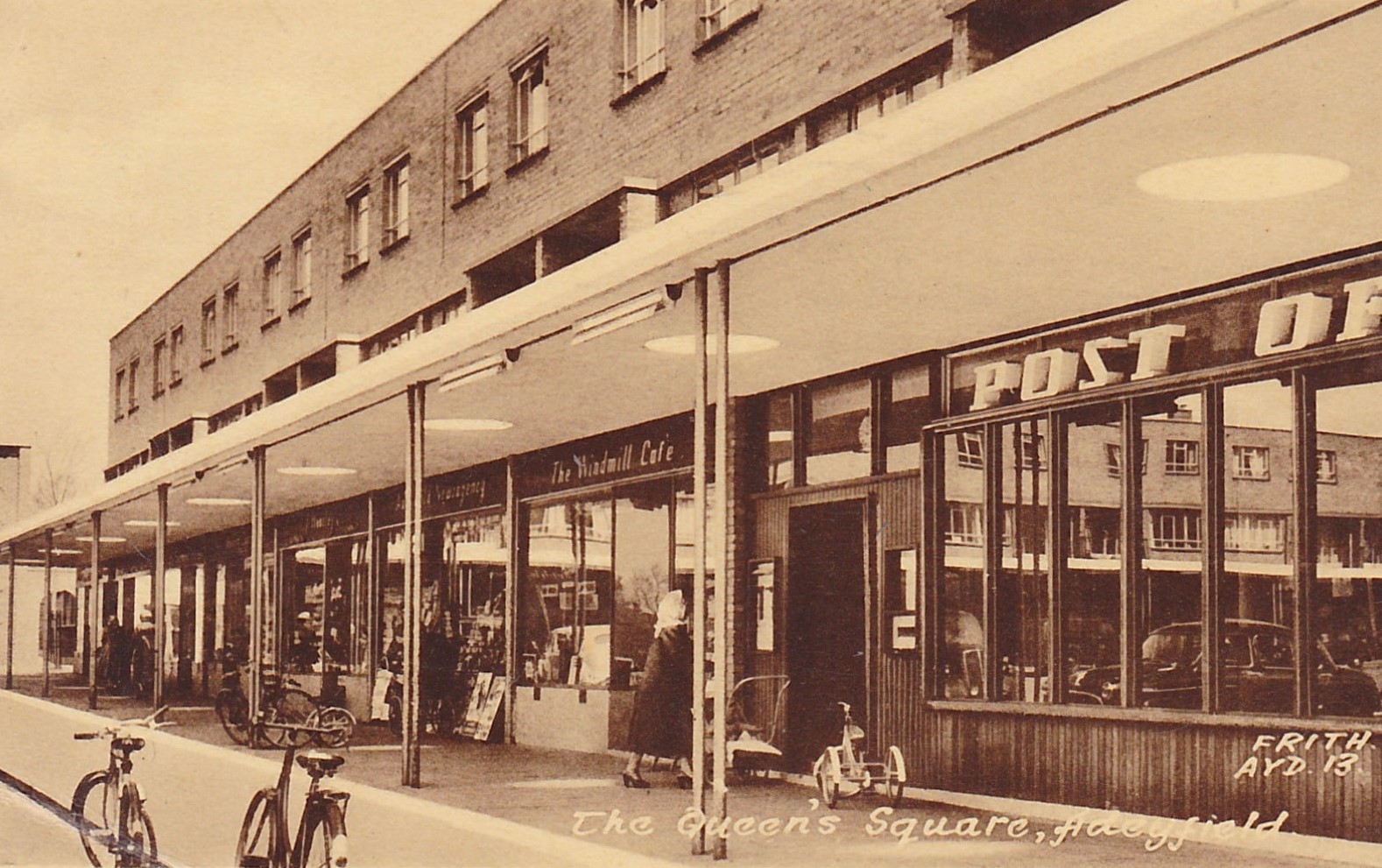
An advantage of this line-up was the convenience of all three of us living close to each other in the Hemel Hempstead neighbourhood of Adeyfield. Our first rehearsal space was a barn offered by the son of a local doctor and the band’s equipment was stored there. The only entrance to the barn was up a narrow ladder that meant the band had to carry all of our equipment up and down the precarious ladder whenever we had a gig. This, together with complaints from neighbours about the loud music, eventually caused us to vacate the barn and move rehearsals to Water End at a more remote watercress farm complete with running water although the proximity of water and electricity never seemed to concern us!
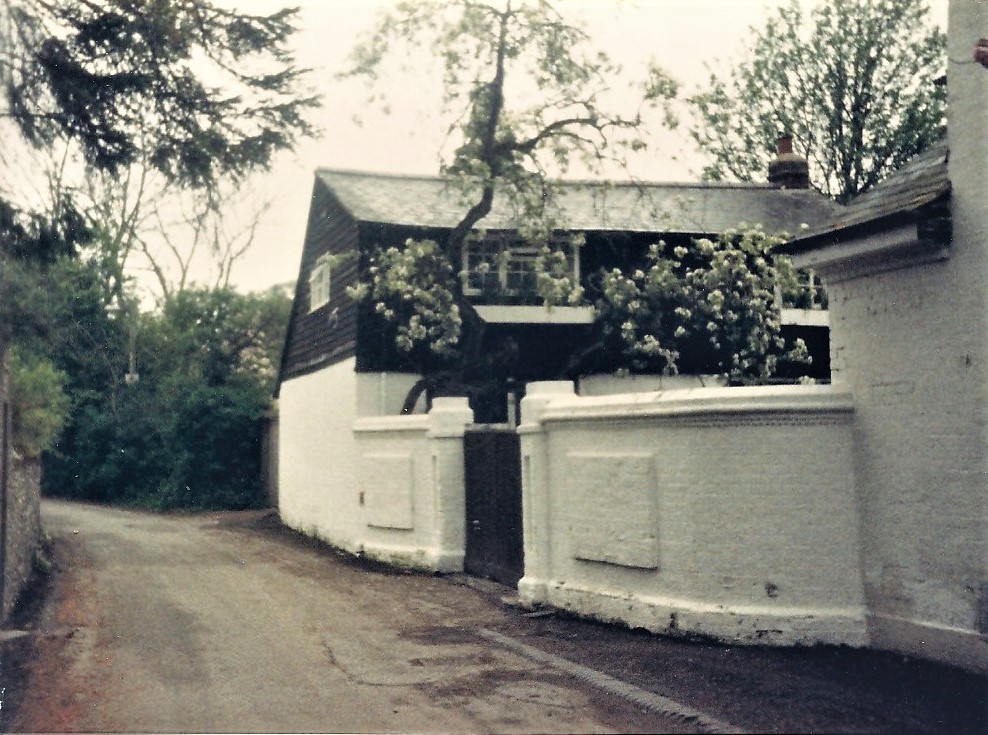
When and where did Lifeblud play their first gigs? Do you remember the first song the band played? How was the band accepted by the audience?
At first, we played local youth clubs, church events and village fetes (e.g. at nearby Bovingdon) but I don’t recall the first song we played. We had decided to perform all original material, which I had written, because all the bands we liked played self-penned songs. Consequently, audiences were not familiar with the material and acceptance was not always high, and we were frequently playing the wrong genre for the venue. For example, we bombed at the Watford Folk club supporting Wizz Jones in 1970 for bringing amplifiers and a drum kit on stage, before the general acceptance of folk-rock in folk clubs. Another was the Greenham Common U.S. Air Base where we were paid off for not playing the Stax, Atlantic and Motown music they were expecting. We compromised with a couple of improvised blues tunes, but to no avail!
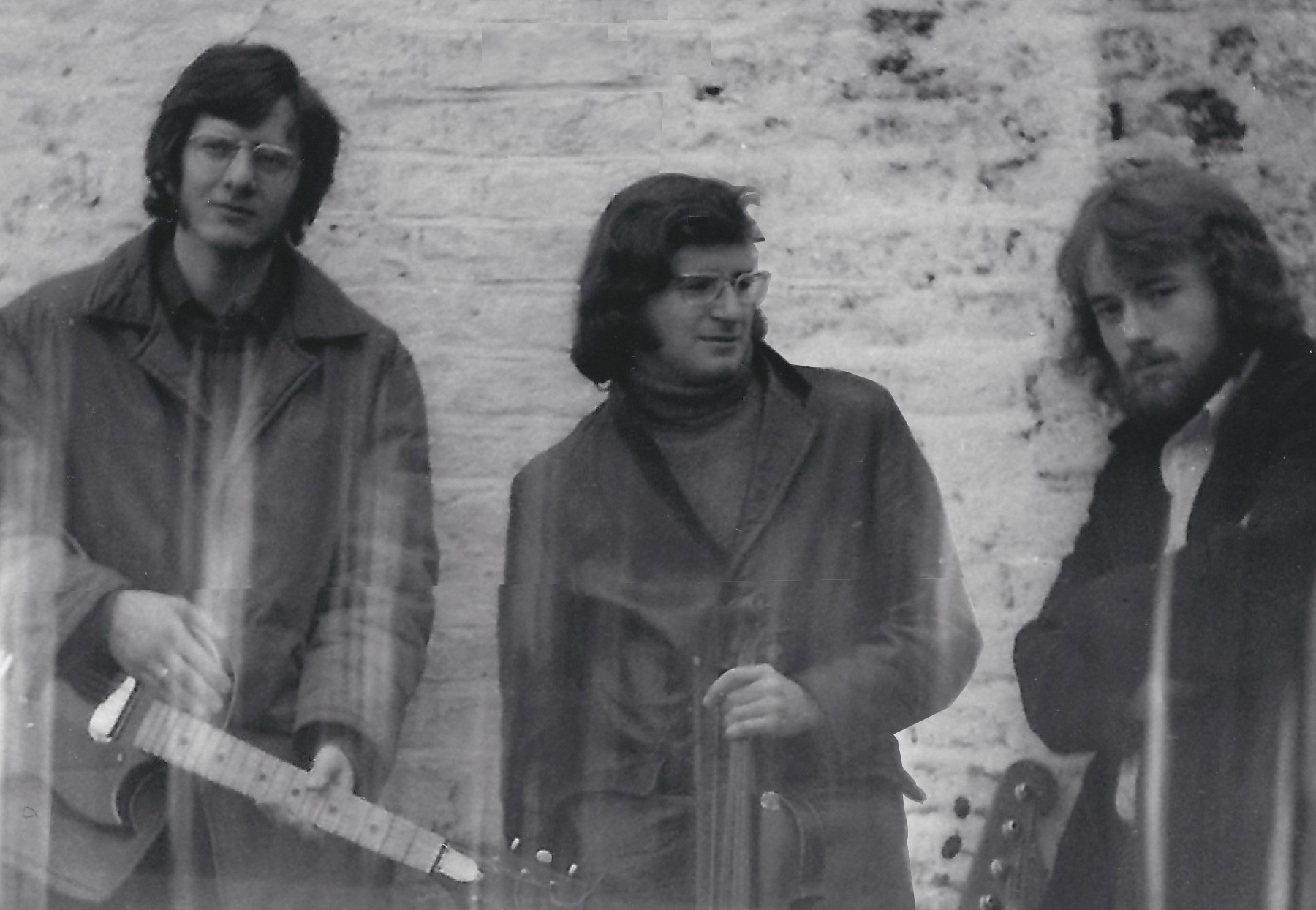
What sort of venues did Lifeblud play early on? Where were they located?
We played support gigs usually within a 15-mile radius from home, but we did occasionally venture further afield, such as Toft’s in Folkestone in 1971 where we headlined. Many of our gigs were supplied by a local agency called Words run by Barry Clarke.
Of the gigs I remember, one was at Rhodes Centre in Bishops Stortford supporting Uriah Heep. Also on the bill were Glencoe and local group Spring Offensive. The psychedelic promotional posters had been illegible and few fans were aware of the gig and, with four bands on the bill, more people appeared on stage during the evening than turned up in the audience!
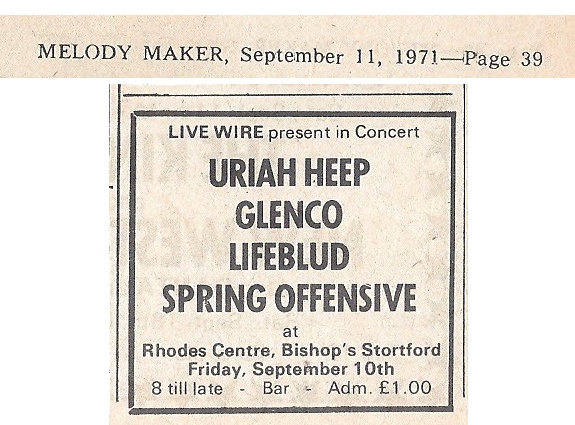
We played Kingham Hall otherwise known as Hydraspace in Watford at least a couple of times, one supporting Head Hands & Feet with the great Albert Lee on guitar, and one with Canterbury Scene band Egg. Hydraspace was a small hall but attracted some great acts.
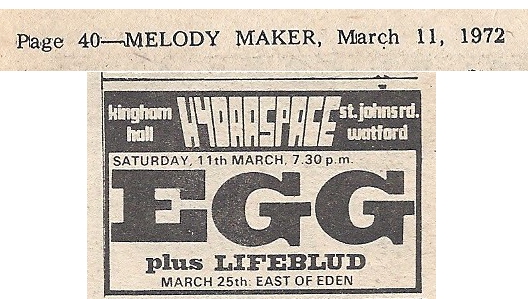
Finally, we played Boxmoor Arts Centre, Hemel Hempstead supporting Principal Edwards Magic Theatre. This was successful but was our “farewell” gig which prompted a too-late fan letter in the Melody Maker!
How did you decide to use the name “Lifeblud?”
Hard to remember for sure, but most likely we went through my lyrics for inspiration and in the song ‘Prophecy’ the word “lifeblood” occurs.
Choosing a suitable band name is probably one of the most difficult things bands have to do. On reflection, I think now it sounds a bit heavy metal, which we never were!
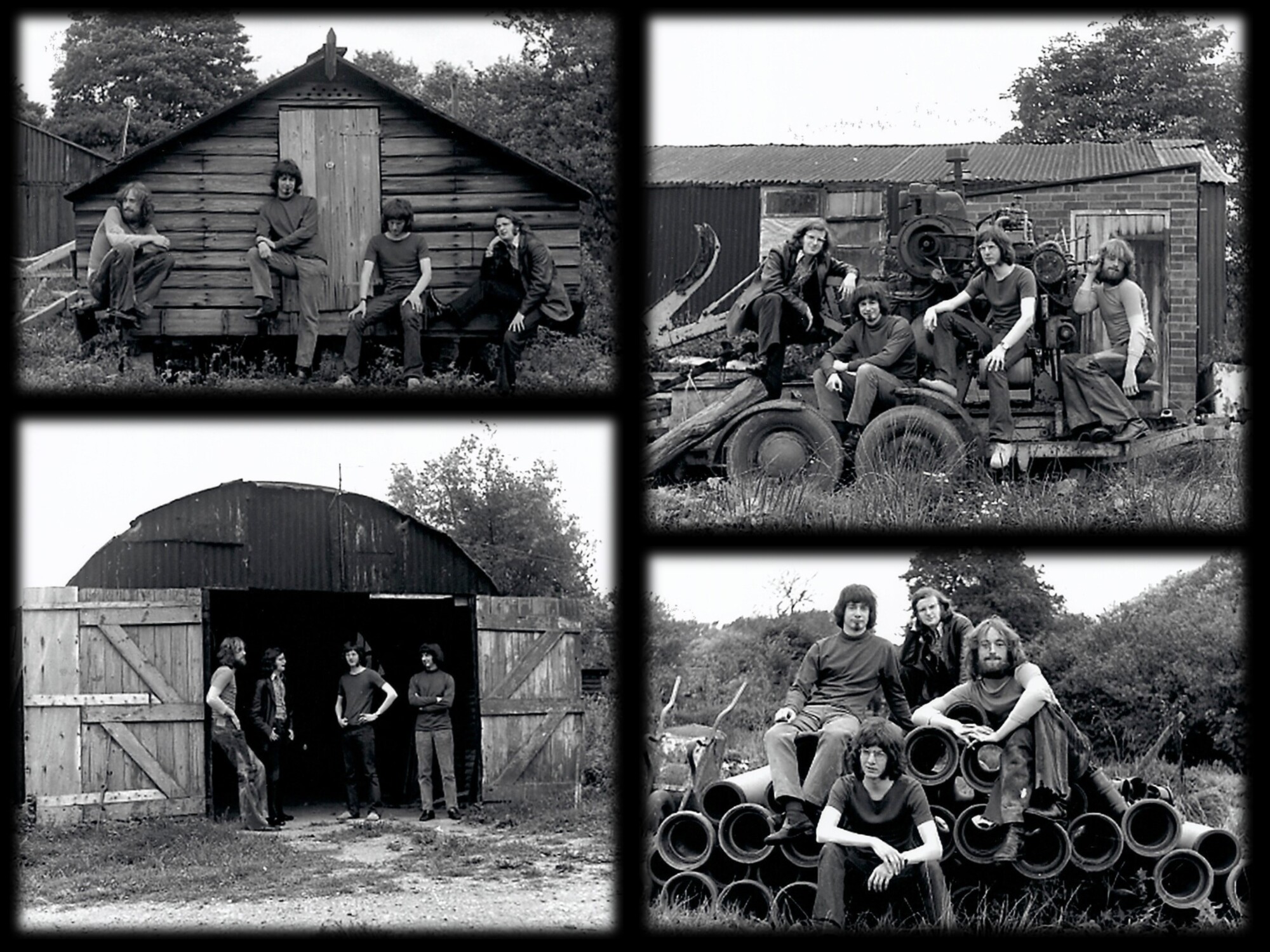
What influenced the band’s sound?
Every band we liked probably influenced us in some way and there was always someone worth listening to playing in every genre. These ranged from folk-rock (Fairport Convention, Steeleye Span), to blues (Groundhogs, Steamhammer, Derek & the Dominoes) and progressive (Yes, Family, The Gods, Patto, King Crimson, Genesis). Rob and I frequently attended concerts together (I was older and had a car) to see our inspirational heroes.
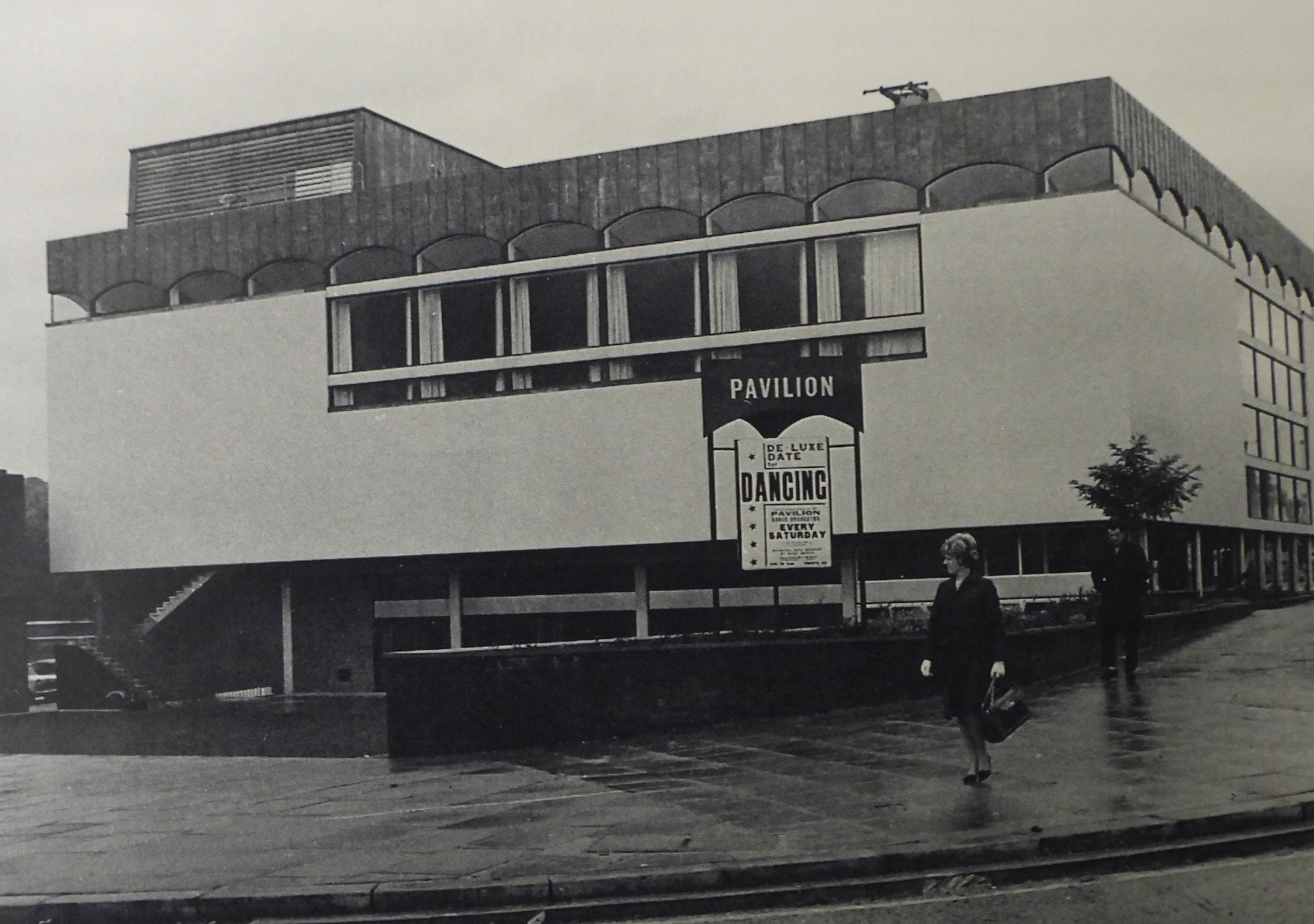
There was a local hall called The Pavilion where many chart bands came to play although sadly the venue has now been demolished. Also the local Dacorum College had bands play there, booked by the Students Union Committee. While still at school, likeminded classmates and I would go there or travel to the “Trade” – the Trade Union Hall – in Watford to see The Who, The Action or The Small Faces. There was also Friars Aylesbury, a favoured venue in the provinces for name acts to appear.
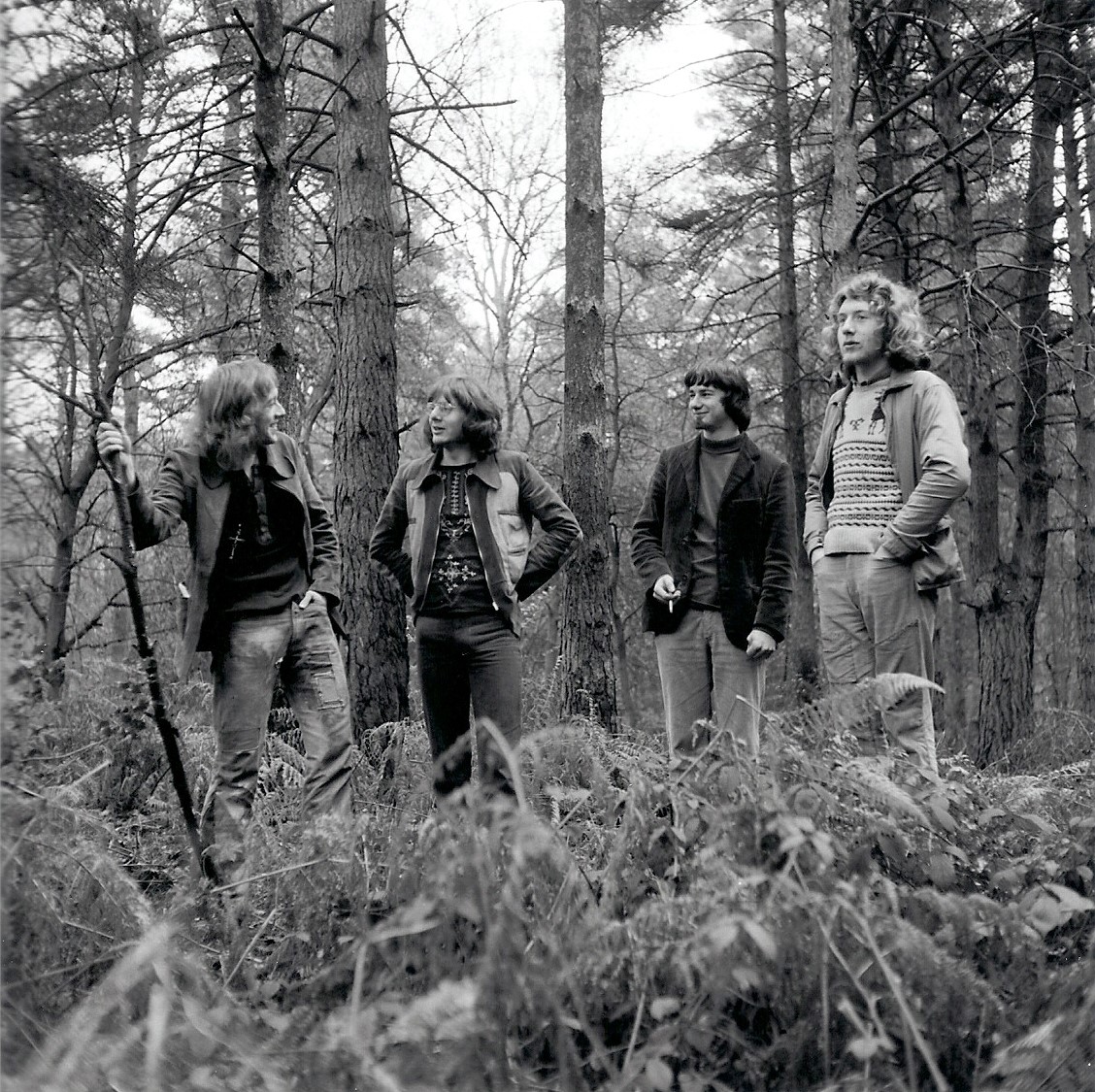
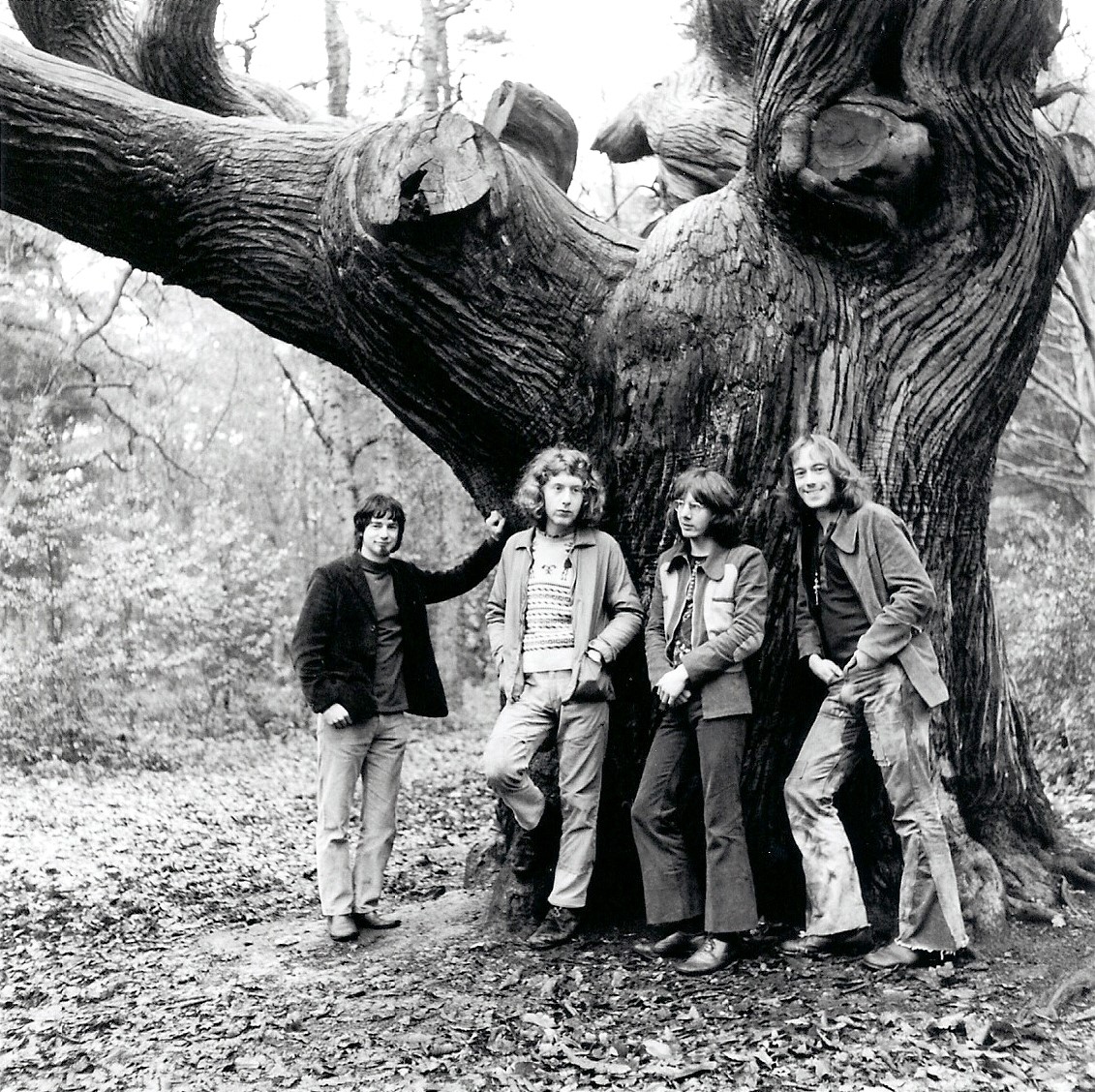
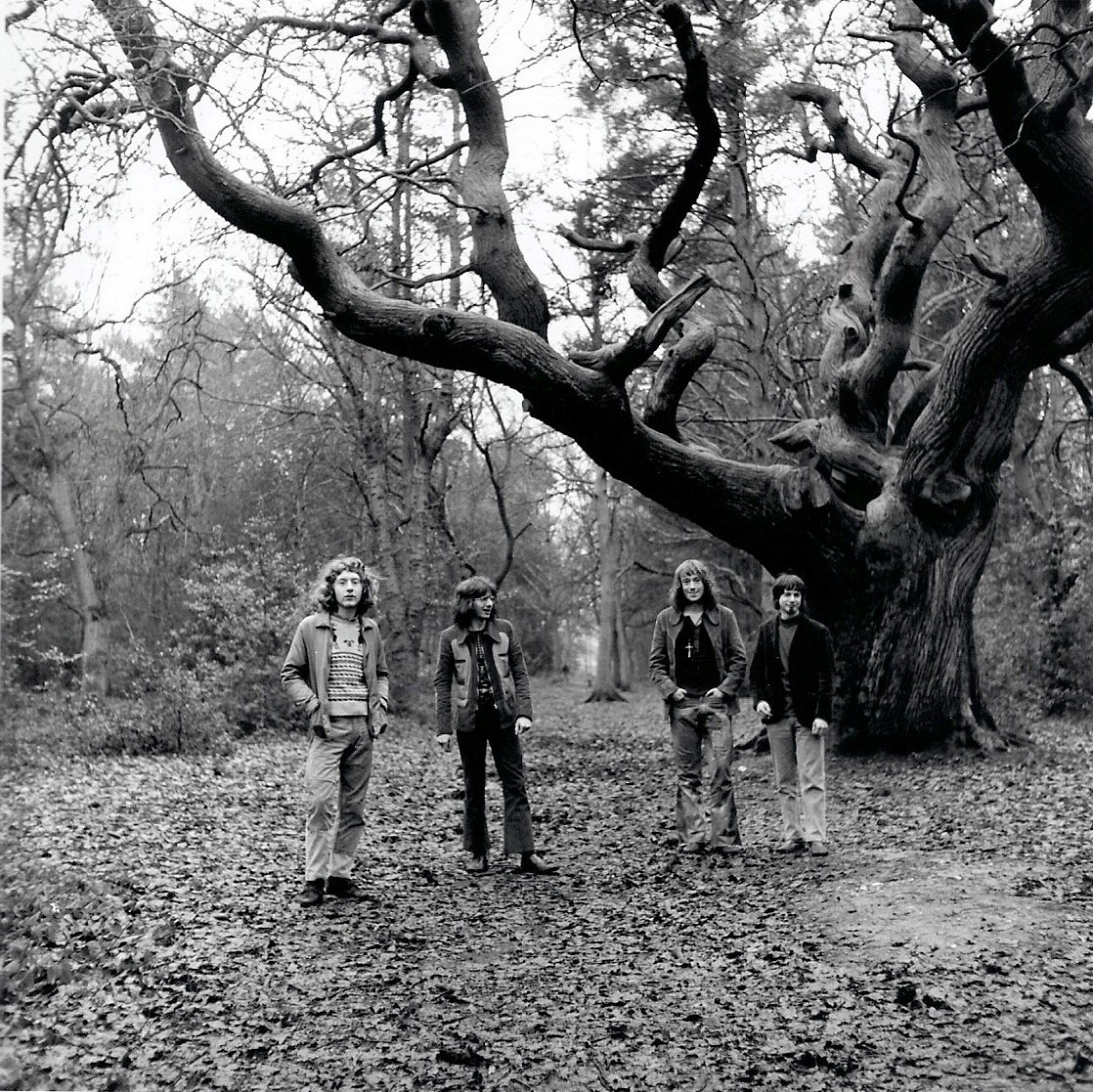
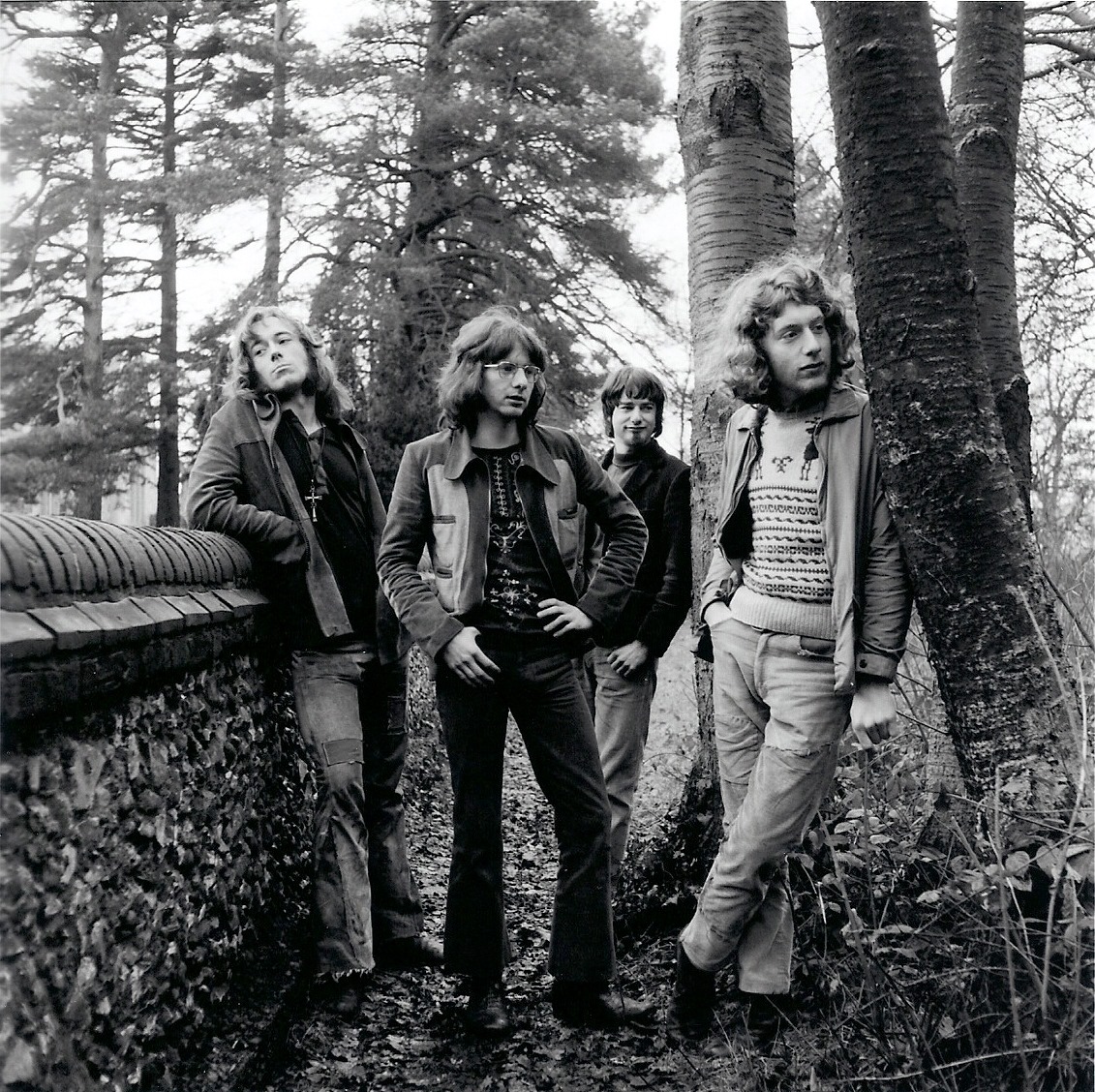
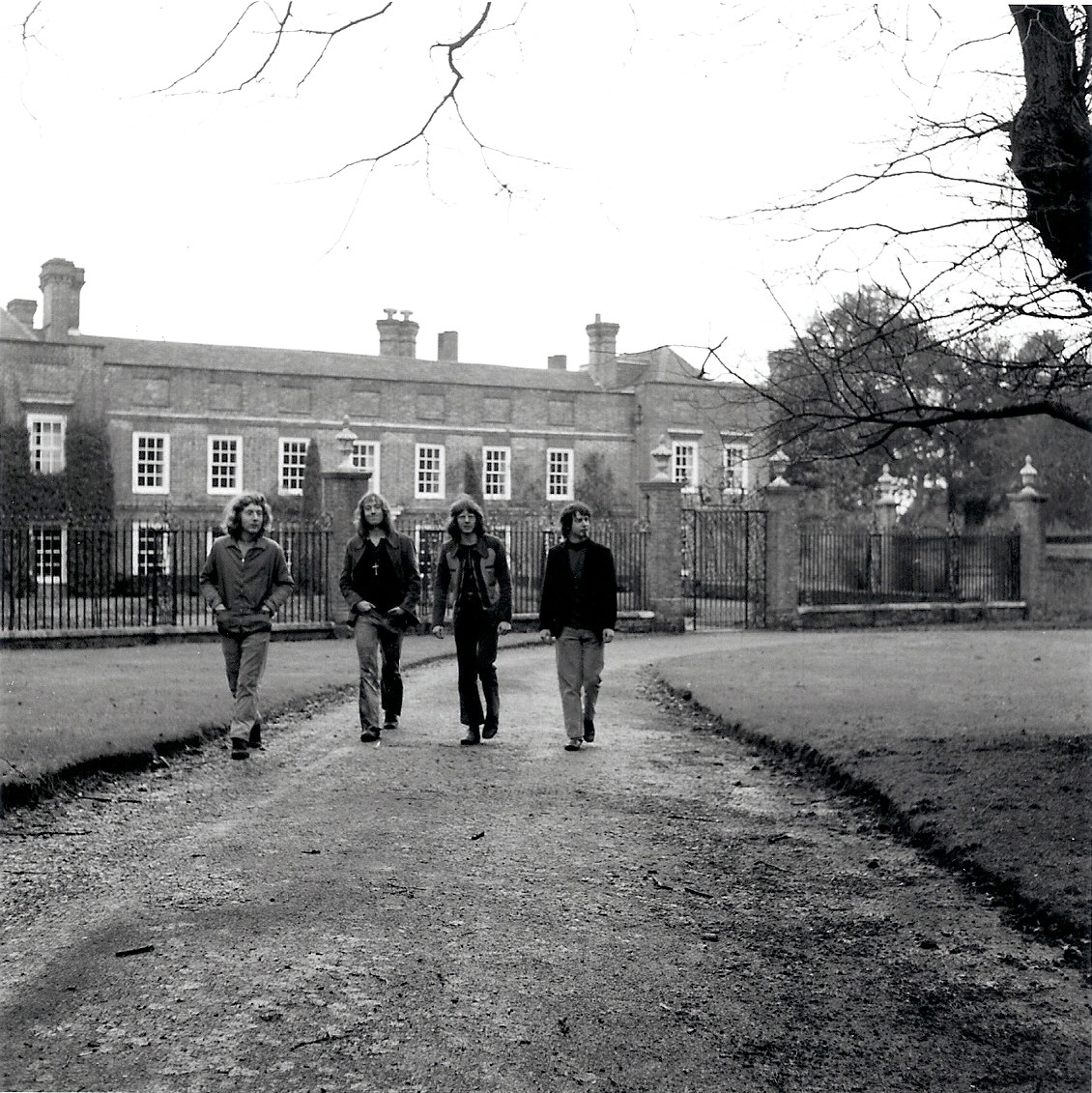
“Mysteriously, a copy of the acetate surfaced on eBay in 2018”
What’s the story behind your debut album? Where did you record it? What kind of equipment did you use and who was the producer? How many hours did you spend in the studio?
We recorded it in Trusound in Shefford in Bedfordshire who had advertised in the local paper. I remember the studio was in the hayloft of a barn.
We had very basic equipment. Rob had a home-made Precision bass with Fender parts. and I had cheap guitars. I played about half the album on acoustics, including Rob’s Eko 12-string, and a beat-up old acoustic guitar on which the strings vibrated against the bridge, accidentally creating a sitar effect.
The producer/engineer was named Dave Richardson. We were there all day and completed recording the album in that single day. I think the mixing was done later without us present.
Mysteriously, a copy of the acetate surfaced on eBay in 2018 which ultimately led to the band being belatedly discovered.
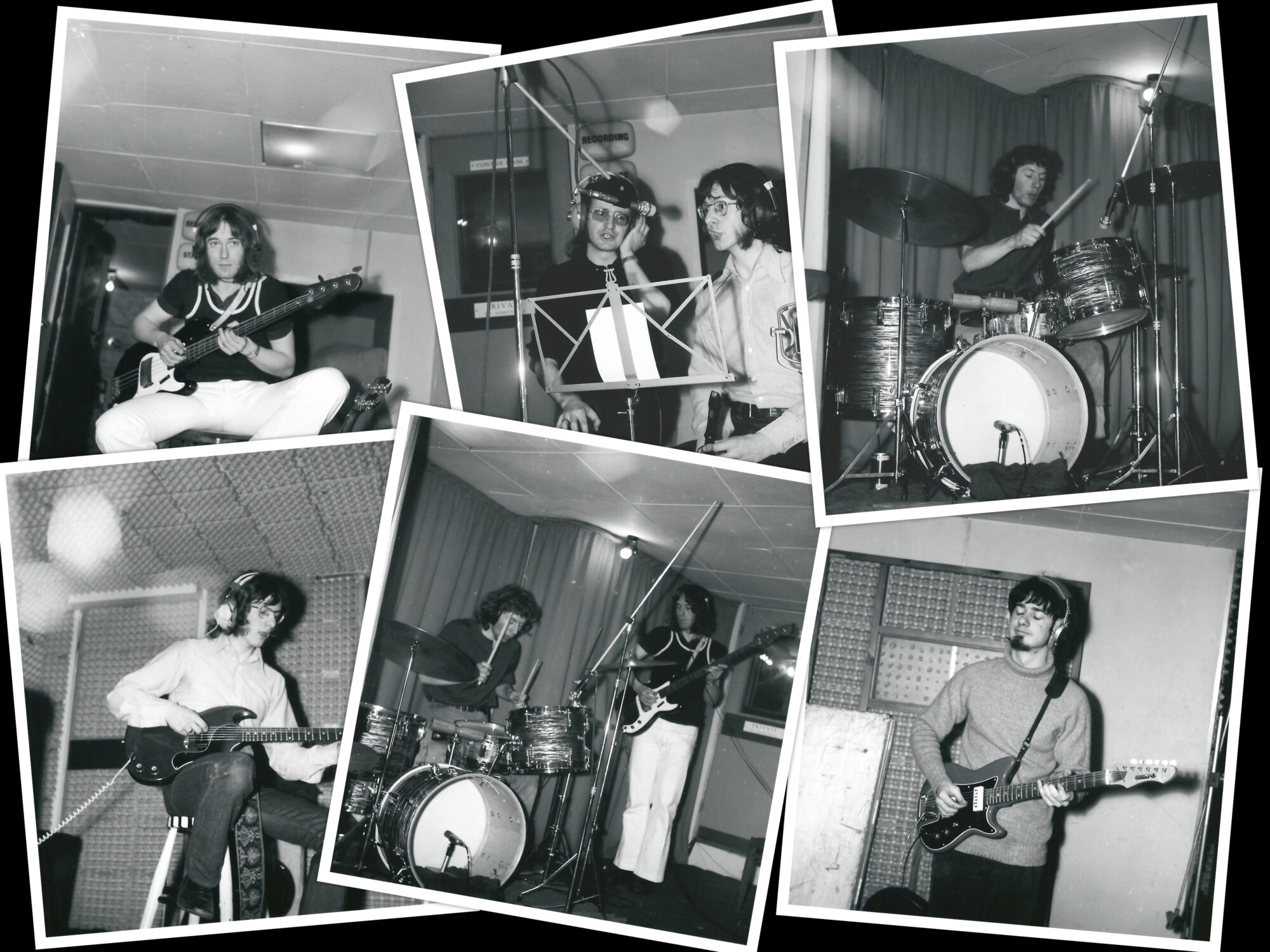
How many copies were originally pressed? Was it only an acetate or a few demo copies? Did you send them to any labels in hope to get signed?
There were three acetates cut, one for each band member. These were included in the session cost of £30, which in 1970 is probably worth about £450 today, so we each contributed £10. Rob was only 16 and borrowed his share from his mum. Only Rob kept his copy, which he kept in good condition packing it among his belongings taken all the way to New Zealand!
I retained the ¼” reel-to-reel tape masters, but I don’t remember sending the tapes or acetates to labels at that time as we were unsure if they were good enough. I know Rob took later tapes around London where he eventually got enough interest to get us booked at the Marquee Club in Wardour Street supporting Caravan.
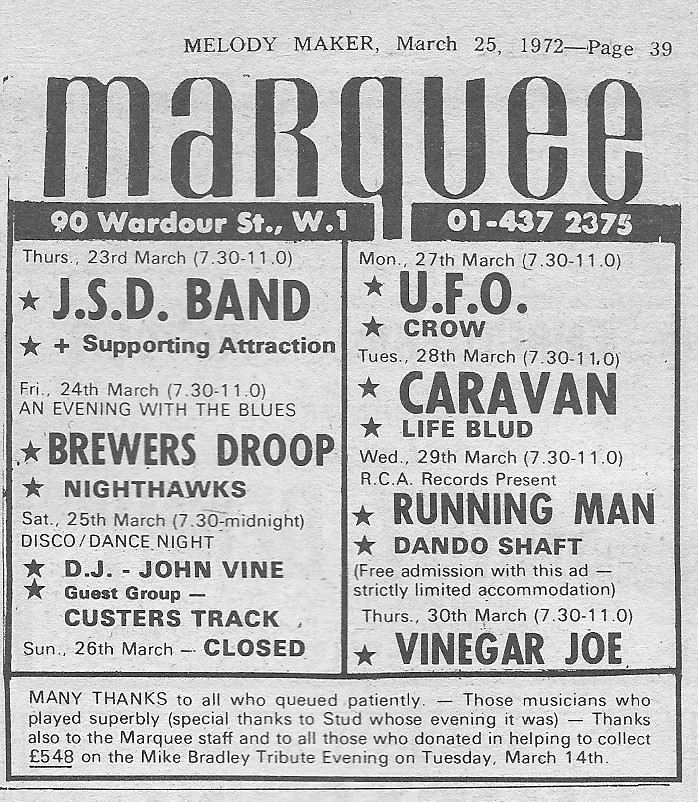
It was now issued via Seelie Court under the name of ‘Esse Quam Videri’. Would you like to share as much as possible about the material appearing on it?
I was quite prolific in those days and had written the material in the previous few months. Some of the songs exhibit a lingering influence by the Incredible String Band, notably ‘Waxing of the Moon’. There are a lot of references to nature and the cosmos! Also God gets referenced surprisingly often. The preponderance of heavenly bodies may partly derive from my earlier interest in astronomy.
The lyric for ‘Tenement’ was probably influenced by ‘I Had a King’ by Joni Mitchell who I was a big fan of.
I notice now that a lot of the songs have an underlying theme of redemption, of triumph over adversity. It wasn’t a conscious template of mine at the time, but I daresay there are good reasons for it!
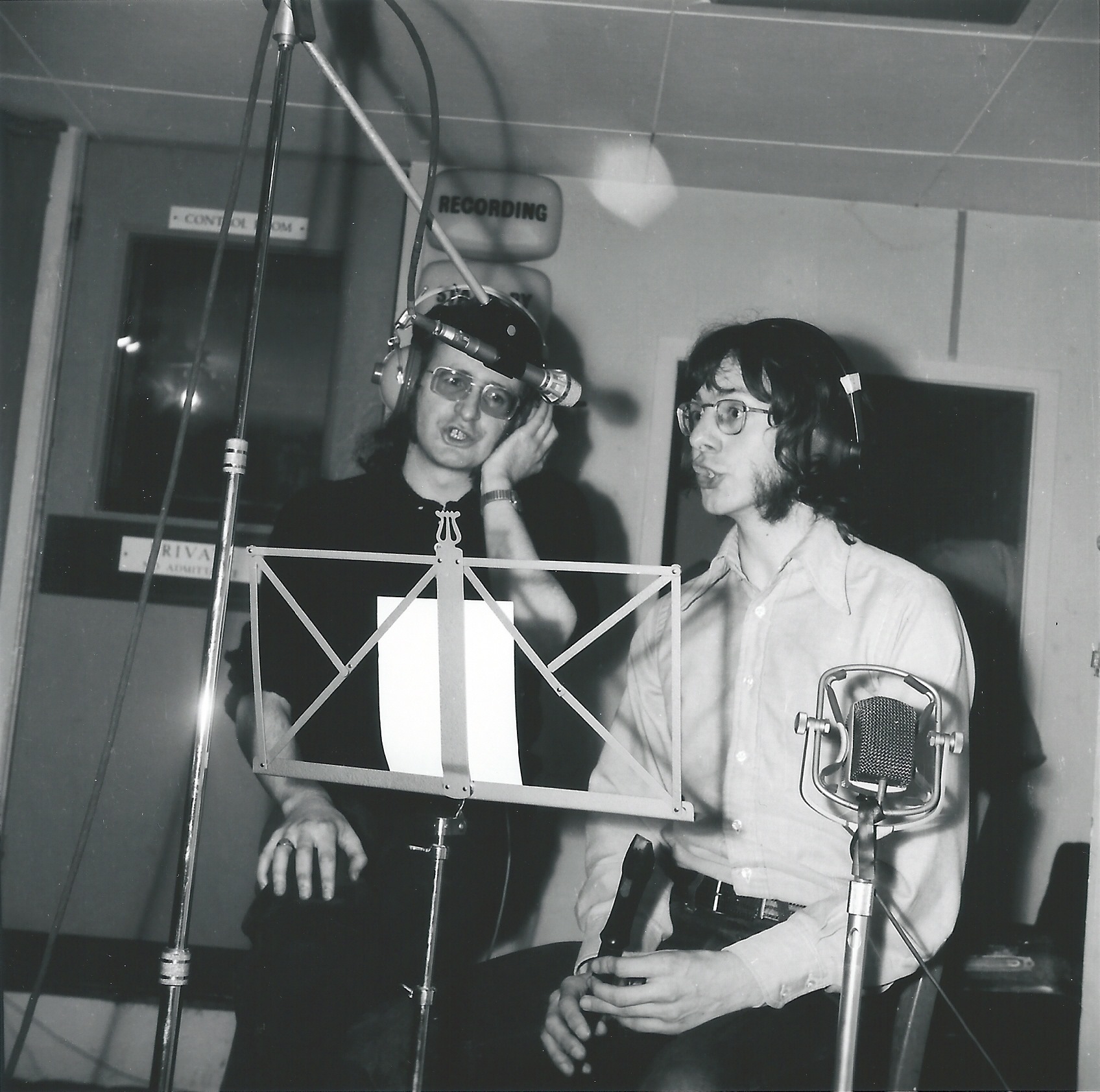
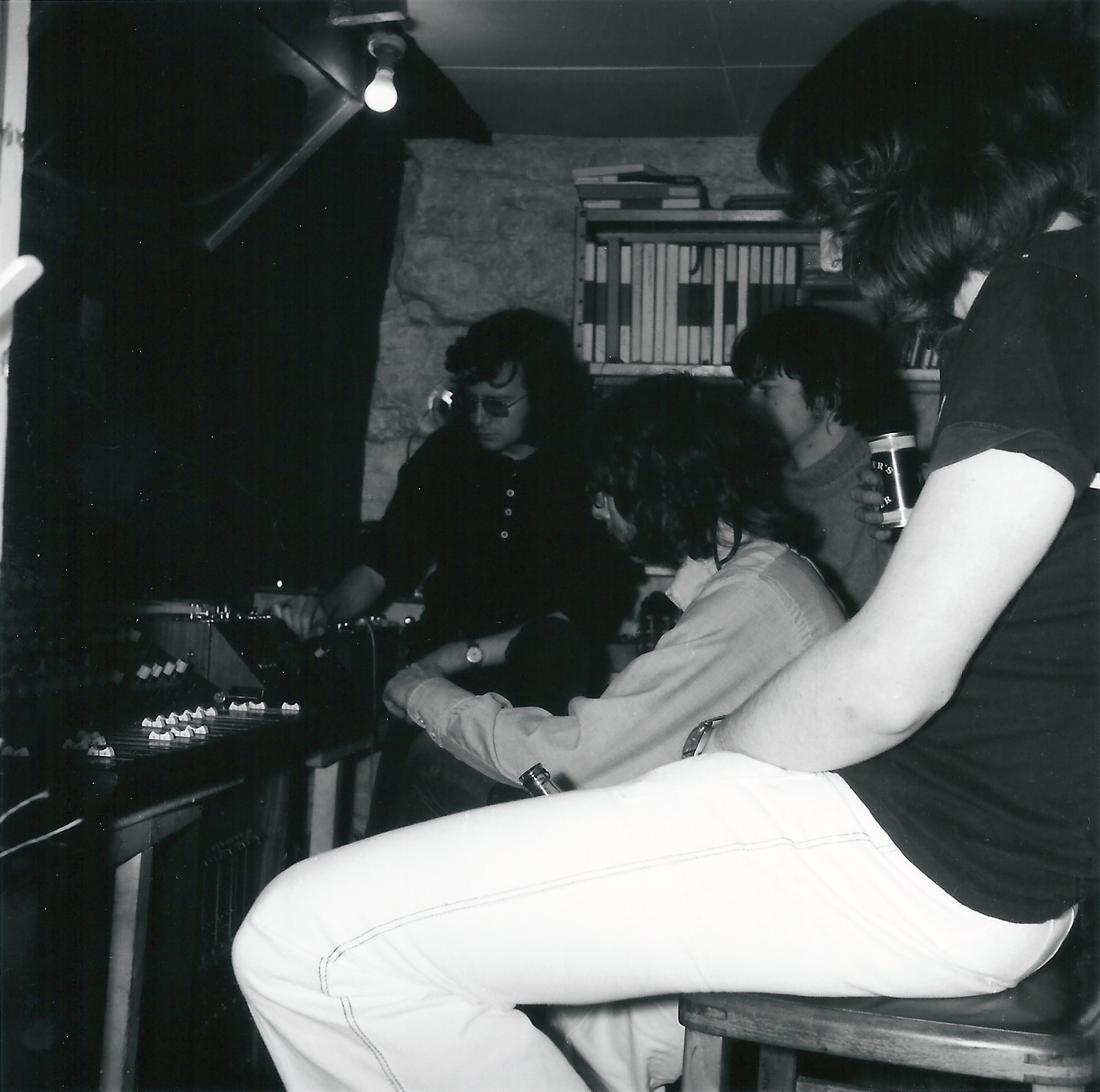
Incidentally, ‘Esse Quam Videri’ (Latin for “To be rather than to seem”) was the motto of the school that Rob, Brian and myself had all attended.
None of us in the band was particularly happy with the mix or the production but it was our first foray into a studio of any kind and as such was quite exciting. I think we just wanted to know what we sounded like.
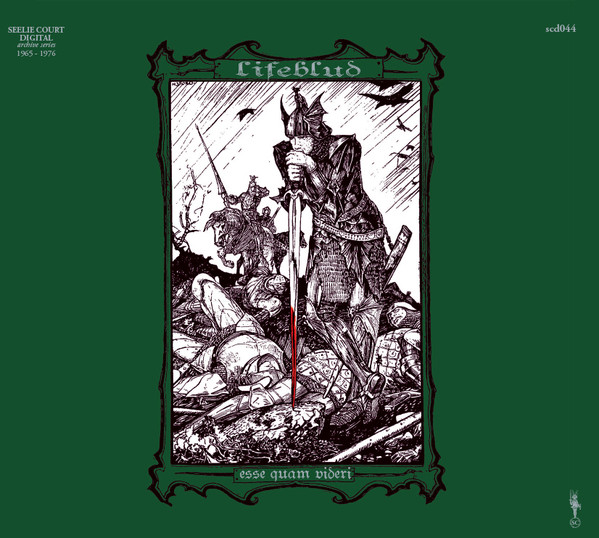
You recorded another acetate in 1970 also at Trusound Studio. Are those recordings released under the name of ‘Be Thou My Very Armour’?
No, and unfortunately no copies of that second session are known to have survived. All I remember is there was a version of ‘Echoes In Time’ that Rob thought sounded a lot like early Fairport. Over time, I’ve had various periodic clear-outs and disposed of material that I thought wouldn’t be of use to us anymore, and that acetate is one of the casualties, much to my regret now.
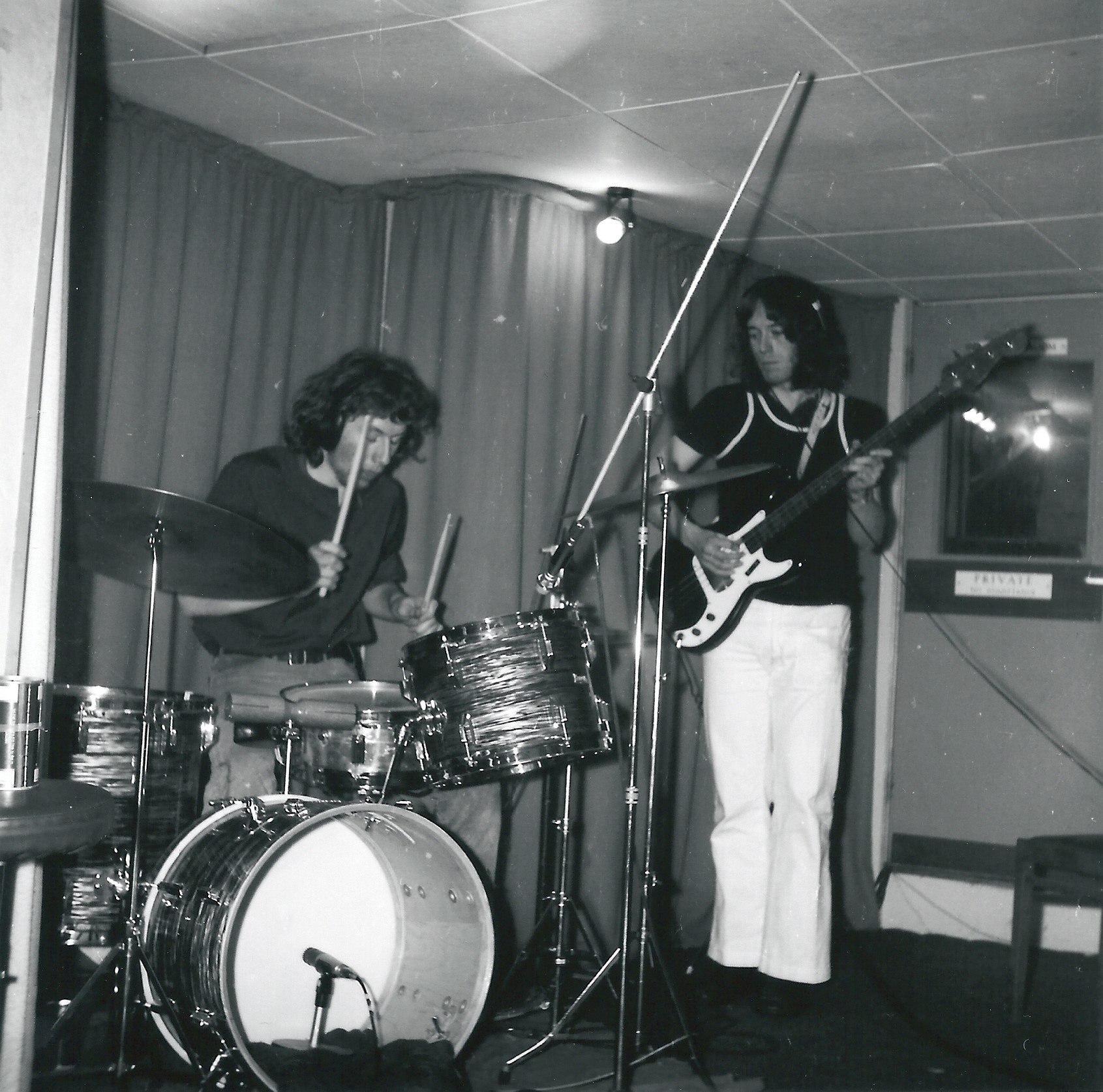
Tell us about the material issued under the name of ‘Be Thou My Very Armour’.
That material is the 10 tracks recorded at Gooseberry Studio (where our violinist Robin Williams worked part-time). I can’t remember how many sessions we did there, but some tracks don’t have drums on and there are early and later versions of one song. This makes me wonder if different times and line-ups are involved but I’m afraid my memory has become clouded over the precise details of events 50 years ago. Certainly, at least one was an all-day affair with us arriving on a December’s day in the dark morning and not leaving until it was dark again, prompting Charlie to comment he felt nocturnal “like a mole!” Rob remembers he brought sandwiches with him so we probably didn’t venture into the daylight.
The studio was in Chinatown, which centred around Gerrard Street, and was a fairly notorious district in those days, known for its criminal element. Robin told me he’d once been in the studio doorway early one morning waiting for the owner to arrive with the keys when a plain clothes policeman confronted him, demanding Robin open up his suspicious violin case to reveal the contents!
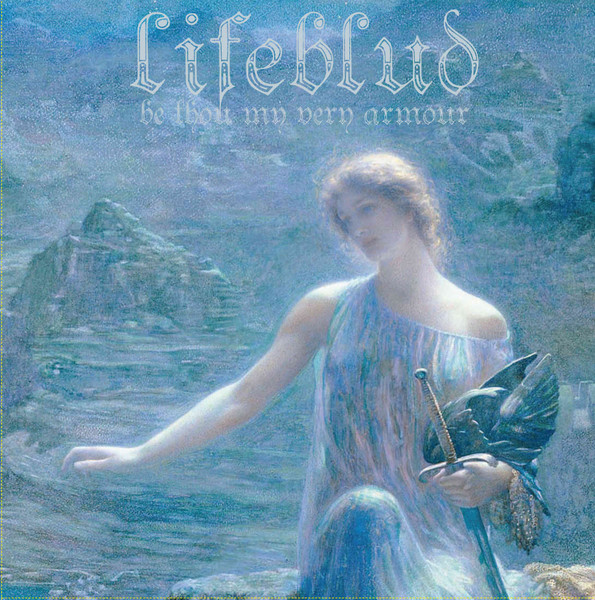
Earlier, Rob and I had experienced an epiphany entering a concert hall just as the sound system was playing the newly-released ‘In the Court of the Crimson King’ LP by King Crimson which stopped us dead in our tracks. The intense imagery from Crimson’s wordsmith Peter Sinfield’s pen may have influenced my lyrics on occasion, notably in ‘City Wheels’ and ‘Prophecy,’ the latter of which describes a future world struggling to survive, eerily prophetic of current-day concerns about climate change.
Four of the songs (one in two versions) are re-workings from the first album, but played by a newly expanded line-up. What makes some of the tracks work so well is undoubtedly Robin’s violin. Robin was classically trained but had a great ability to improvise. Rob, who had left school at age 16, recalls Robin’s conversations in the studio with a fellow Royal Academy of Music alumnus which drew Rob’s interest when the discussions turned to harmony in terms of diatonic and non-diatonic intervallic structures. This made Rob want to know more about music theory and he enrolled at Watford College of Music shortly after, thus beginning his long academic journey.
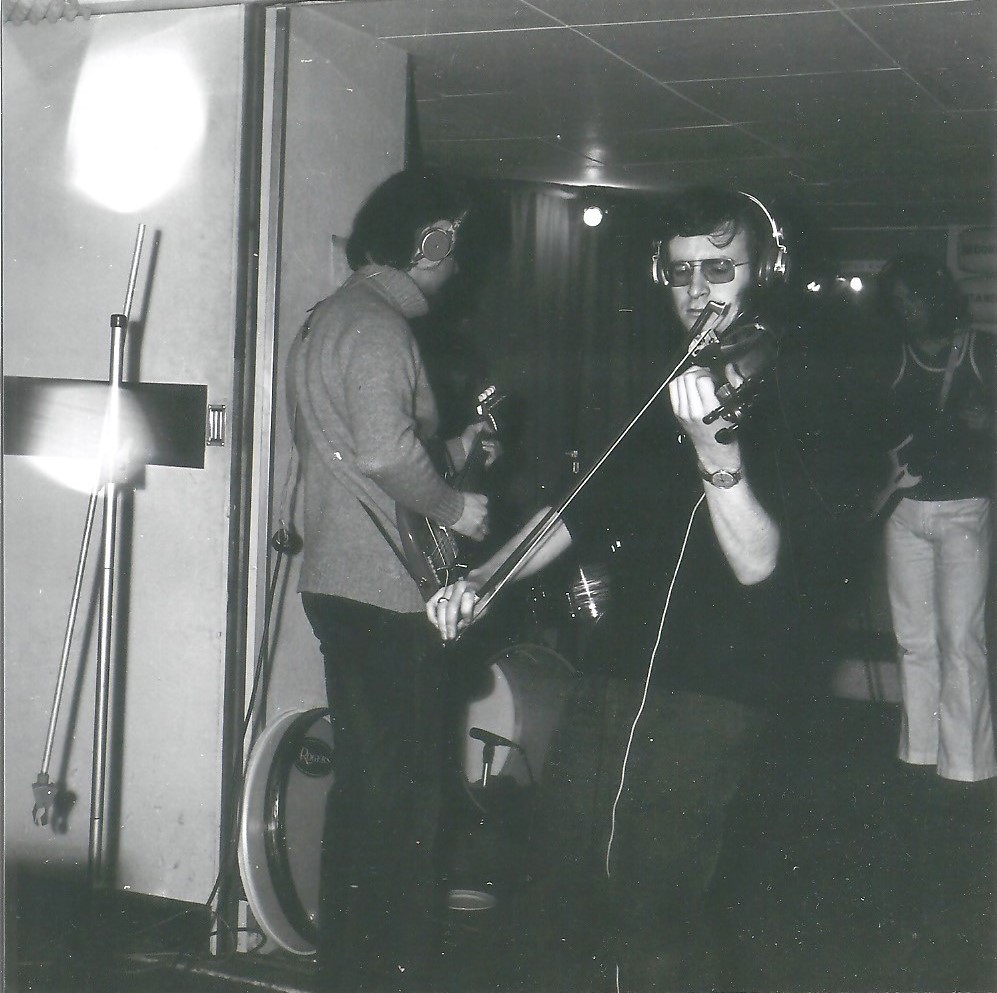
Also, it’s the only session we have a photographic record of. Our roadie, journalist John Sivyer, who I’m still in touch with, took the pictures.
Then there’s the fantastic live recording, ‘Live At Bowes Lyon House 1971’. Would love it if you could share some memories from it.
To be honest, I have absolutely no recollection of playing that gig! Our bass player Rob, however, recalls it more clearly as he got chatting backstage with members of Stray, who we were supporting. It was Charlie who had the cassette tape in his cupboard all those years and brought it to my attention. On the tape is written: “Rob, Brian, Rog & Me. Sound – Scott, Recording – Dan,” which confirms Lifeblud’s line-up and Scott and Dan are almost certainly roadie/luthier Gordon ‘Scott’ Adams (who built two white SG guitars for the band) and bassist friend Dan K. Brown.
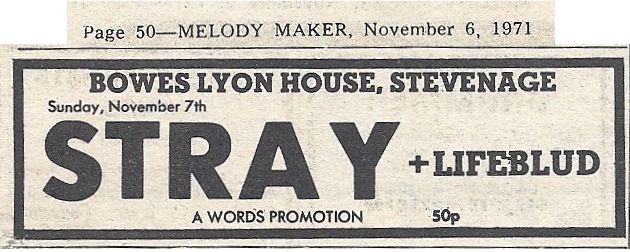
I know the gig was on Sunday November 7th 1971 at Bowes-Lyon House (now Centre) in Stevenage, Herts because I found the ad in a back issue of the Melody Maker.
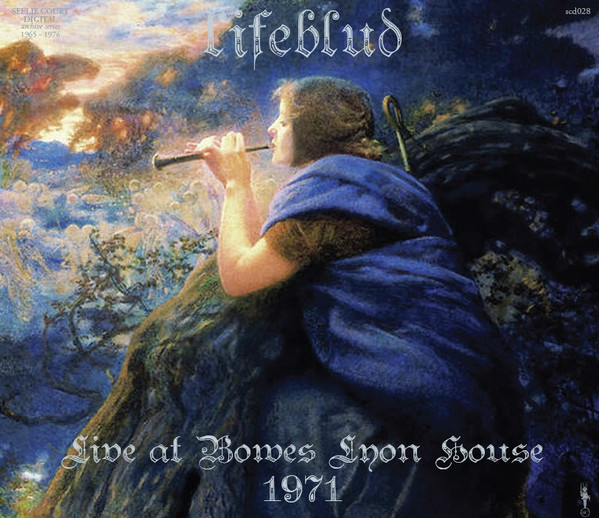
‘Songs 1973-1978’ finds you working with various members of The Fixx, Adam and the Ants, and Ducks Deluxe. Tell us about it.
They were all local friends, like drummer Pat McInerney who plays on most of the tracks. Pat, along with five other players on these recordings were variously members of the band Curly, winners of the June 1973 Melody Maker rock contest, releasing ‘High Flying Bird’ as a single on Epic Records in 1975. Pat later moved to Nashville to join Country legend Don Williams’ touring band and subsequently Nanci Griffith’s Blue Moon Orchestra, but more about him later.
In those days we were all happy to play on each other’s sessions on a favour basis and I played on Stewart Blandamer’s demo session for his song ‘Darlin’,’ for example, which became a hit for Frankie Miller and others.
One of my closest friends was brilliant guitarist Brian Marshall who I went on holiday to Ibiza with in 1978. Brian plays the solos on ‘Paycheck Friday,’ ‘Field Day’ and others. Tragically young, Brian contracted rheumatoid arthritis which progressively signalled the end to his playing and eventually caused his premature death at age 49.
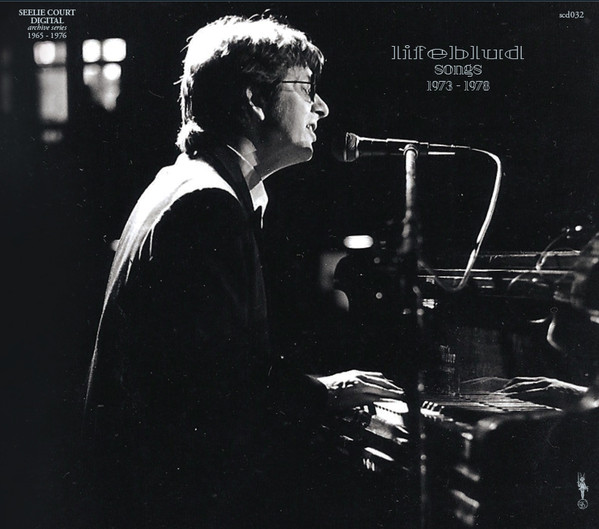
Among the studios we used were Alvic in Wimbledon (named for Cat Stevens’ guitarist Alun Davies and Vic Sweeney who co-owned the studio), Piper in Luton (run by Don Larking who was an ex-potato salesman and named the studio after the Maris Piper potato!) and Decibel in Stamford Hill (with engineer Dave Sanger).
Would you like to highlight a few tracks from it?
Some songs, like ‘Yvonne,’ ‘Summer’s Gone’ and ‘Living in Love’ were a deliberate attempt to court commerciality with catchiness. In fact, I took ‘Living in Love’ to Southern Music in Denmark Street and they were sufficiently impressed to submit it to the Eurovision panel for the UK’s entry that year but it fell at the early stages and so they didn’t sign it up.
Don Larking of Piper Studio still tells me he considers ‘Living At The Same Address,’ which he produced, one of the best tracks he ever recorded at his studio! The harmonies and in fact all the arrangements were expertly worked out by those who participated in the sessions.

As a songwriter, what makes a good song?
I used to be very concerned with originality, chord sequences, structure and other technicalities. All those things are important but I now think a good song is one that evokes a strong emotional response from the listener, pure and simple.
When did Lifeblud disband? Would you like to share a band member’s timeline? You were the only constant member?
The touring band disbanded in 1972. Rob and I were the only constants. The line-ups didn’t change drastically but members did drop in and out. Here’s the rough timeline:
Lifeblud #1 Roger Knott, Rob Burns, Alan Culley [1969]
Lifeblud #2 Roger Knott, Rob Burns, Alan Culley, Robin Williams [c.1970]
Lifeblud #3 Roger Knott, Rob Burns, Robin Williams
Lifeblud #4 Roger Knott, Rob Burns, Brian Sear, Robin Williams [c.1971]
Lifeblud #5 Roger Knott, Rob Burns, Brian Sear, Charlie Chandler, Robin Williams
Lifeblud #6 Roger Knott, Rob Burns, Brian Sear, Charlie Chandler [c.1972]
What happened after the band stopped? Were you still in touch with other members? Is any member still involved with the music?
After Lifeblud, the various members followed their own chosen paths.
I continued to write and record under the Lifeblud banner in the studio during the 1970s with a fluid line-up, and I then performed solo for a time, culminating in a 1978 piano/vocal gig, promoted by Words, supporting Van der Graaf Generator at St Albans City Hall. Since 2005, I have aimed in a singer/songwriter direction, writing and recording prolifically in Nashville, Tennessee. My producer is Grammy-nominated guitarist/producer Thomm Jutz who I’ll say more about later.
Rob joined a band backing visiting US soul artists Sam & Dave, Isaac Hayes and others. Two members of the soul band were Guildhall graduates and this opened a door for Rob to study harmony and composition part-time while touring. Then he embarked on a career that would see him playing alongside Pete Townshend and David Gilmour. Rob eventually became a university associate professor, has a PhD in music and has authored two books.
Charlie joined jazz-rock fusion band Flux with guitarist John Grimaldi and then played variously in soul bands at American military bases and in London pubs that held Jazz sessions. He switched to playing saxophone in jazz and latin bands in the 1990s then reverted back to drums again from 2015 onwards. In-between times, he has worked as a restorer of antiques.
Brian switched from guitar to bass, taking over the role briefly when Rob left Lifeblud and played in various bands, later achieving the position as resident bassist in the long-established swing era dance outfit, the Joe Loss Orchestra. Brian attained a degree in Mathematics at London University and currently resides in rural Suffolk County in England.
Robin was a prolific session player as a member of string sections, his recording credits including Caravan, Shawn Phillips, Barbara Thompson and Rock Follies. He ventured into record production, resulting in a single by actress Barbara Windsor on Decca and he continued with his classical and pop session work, notably on the Rolling Stones’ hit single ‘Angie’.
I am still in touch with the past members except Robin who sadly died in Charing Cross hospital of MRSA in 2003 while undergoing treatment for a kidney disorder.
Looking back, what was the highlight of your time in the band? Which songs are you most proud of? Where and when was your most memorable gig?
One of the highlights was playing the legendary Marquee Club in its heyday where so many significant artists had played.
Song-wise, I’m probably most proud of ‘Waxing of the Moon’ as it seems to have acquired an iconic status. I’ve recorded it at least three times, most recently a great new version in Nashville. ‘Oakenshade’ is another stand-out for me.
Most memorable gig was probably the one we did on the stage of the Coliseum in St Martins Lane, the home of the London Festival Ballet (now the English National Ballet) for their end-of-season party. Robin was a member of the company’s orchestra and secured the gig for us which was a lot of fun.
Is there any unreleased material by Lifeblud?
None, other than the lost second Trusound album mentioned earlier.
You recorded a lot of solo albums in Nashville. Would you like to discuss that part of your career?
I was invited to Nashville in 2005 by Pat McInerney who I mentioned earlier. I had sent him demos of songs I had recorded on computer at my home studio in Spain and he thought they were eminently suitable for me to record in Nashville. Through Pat, I met guitarist Thomm Jutz, who had recently immigrated from Germany and I later asked Thomm to act as my producer, recording my songs at his home studio TJ Tunes.
Many of the session players chosen by Thomm to play on the tracks had played with the big leaguers and, being somewhat starstruck by this, I realised there was suddenly only one degree of separation between myself and Willie Nelson, Johnny Cash, Bill Monroe, Alison Krauss, Waylon Jennings, Tammy Wynette and others too numerous to mention.
The musicians all live and work out of Nashville and I discovered the recording method they employ in Nashville is rapid (the basic track for each song is usually in the can by the second take) and they concentrate on capturing the “feel” of each song, not by dominating with unnecessary instrumental prowess.
What currently occupies your life?
I’m actively working on getting all my remaining material released more widely, which numbers about 150 tracks!
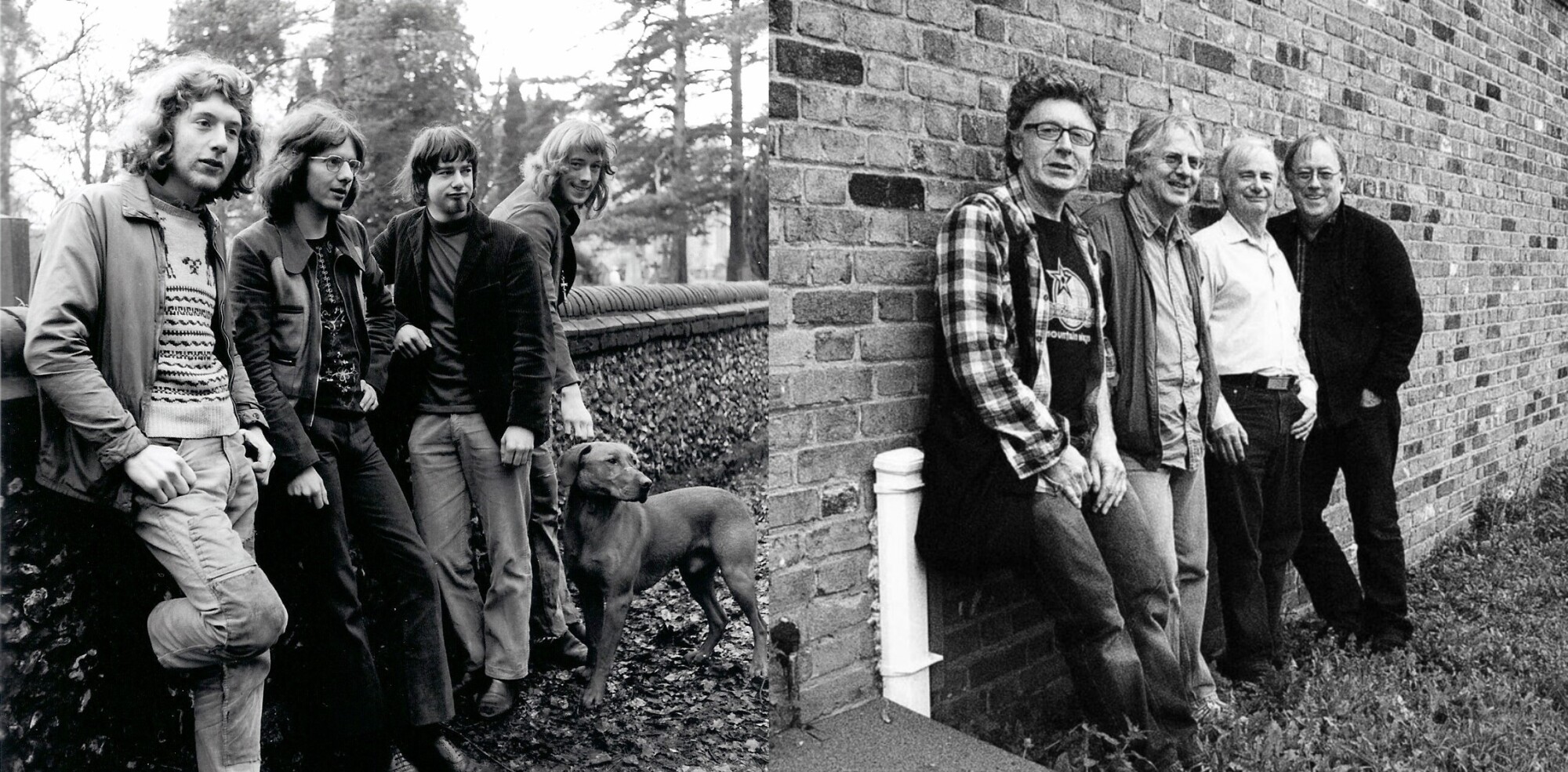
Thank you for taking your time. Last word is yours.
It’s been my pleasure. I only want to say thank you for the opportunity to tell my story!
Klemen Breznikar
Headline photo: Lifeblud at Chipperfield Woods (circa 1972) | Charlie Chandler, Roger Knott, Rob Burns, Brian Sear
Lifeblud Official Website / Facebook

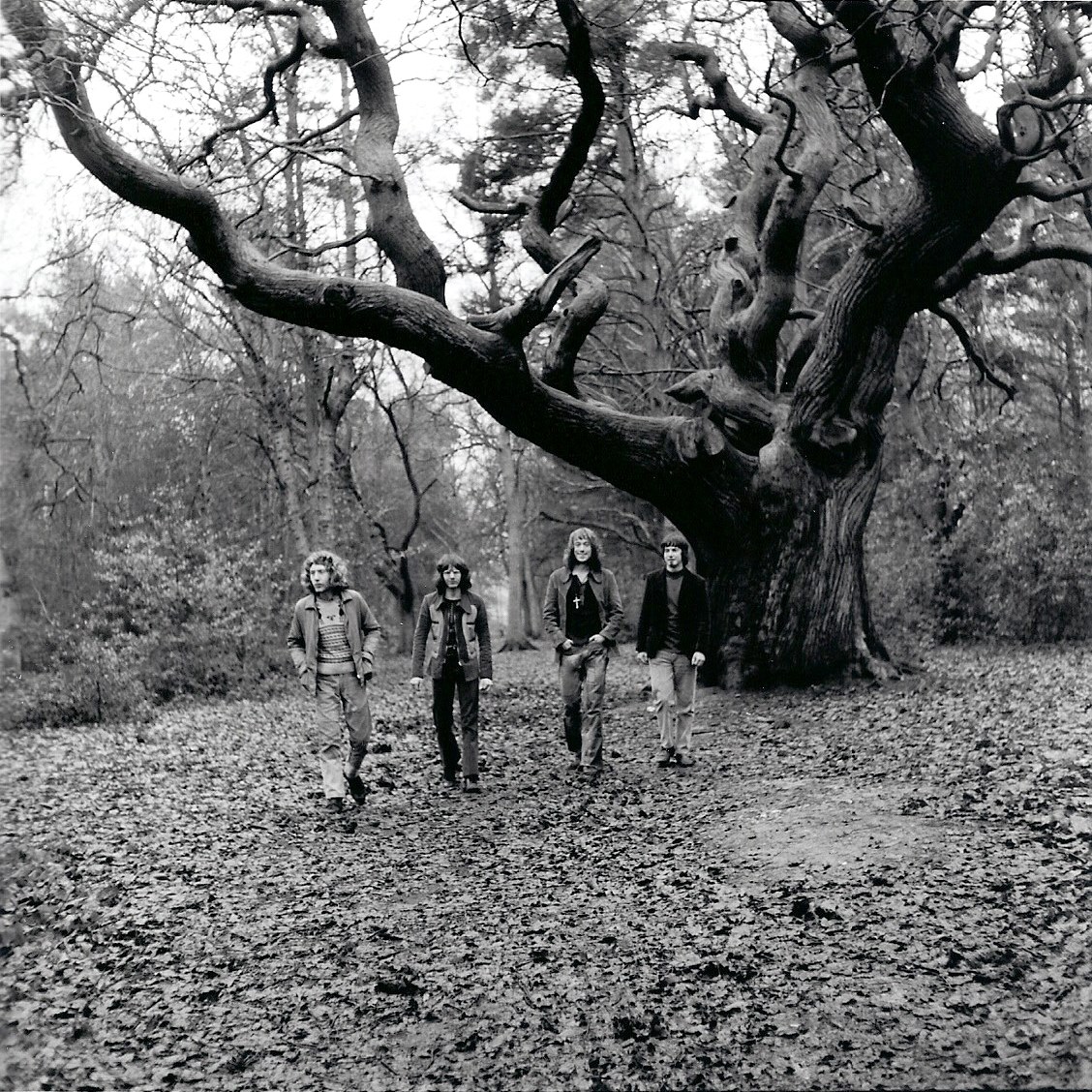
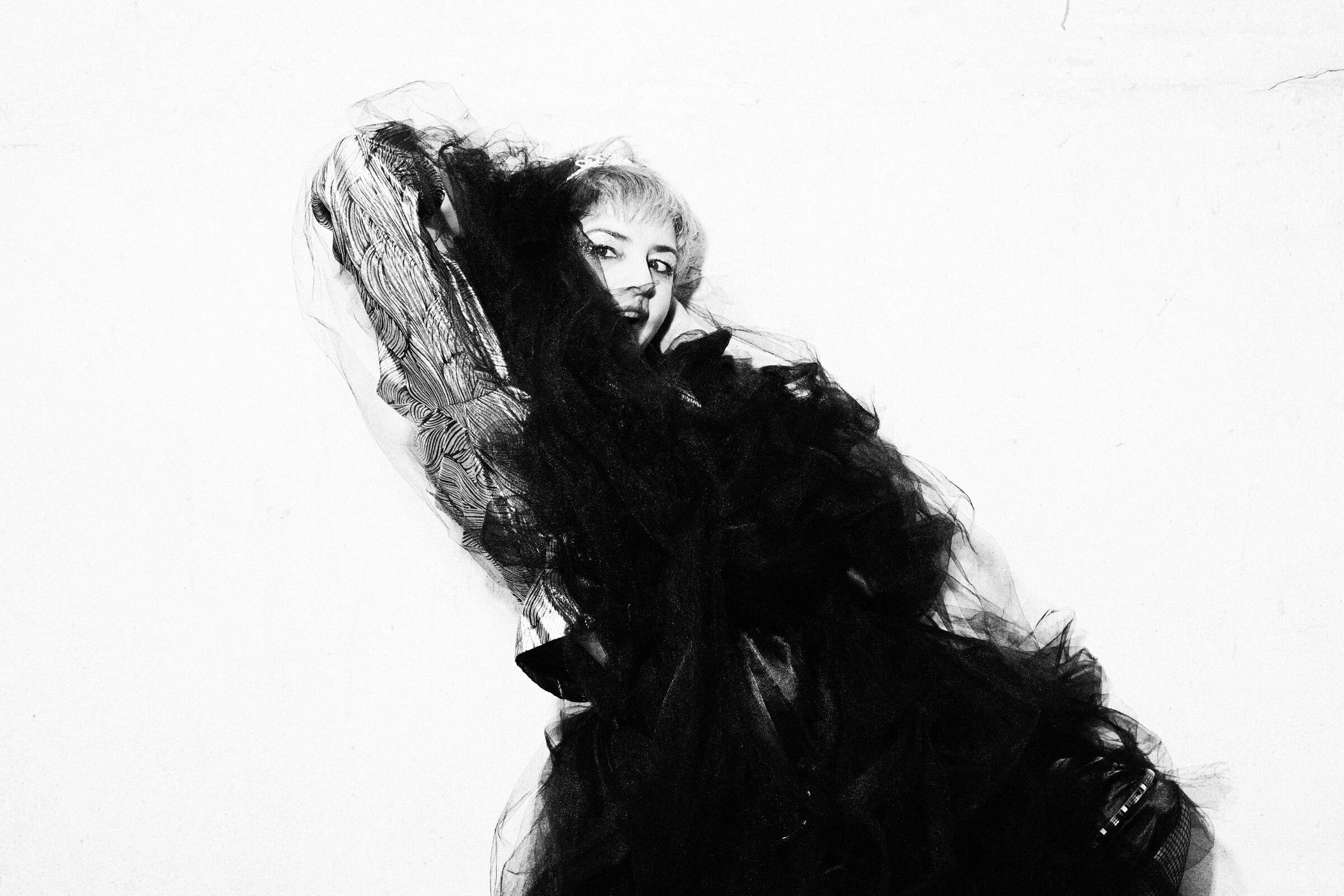
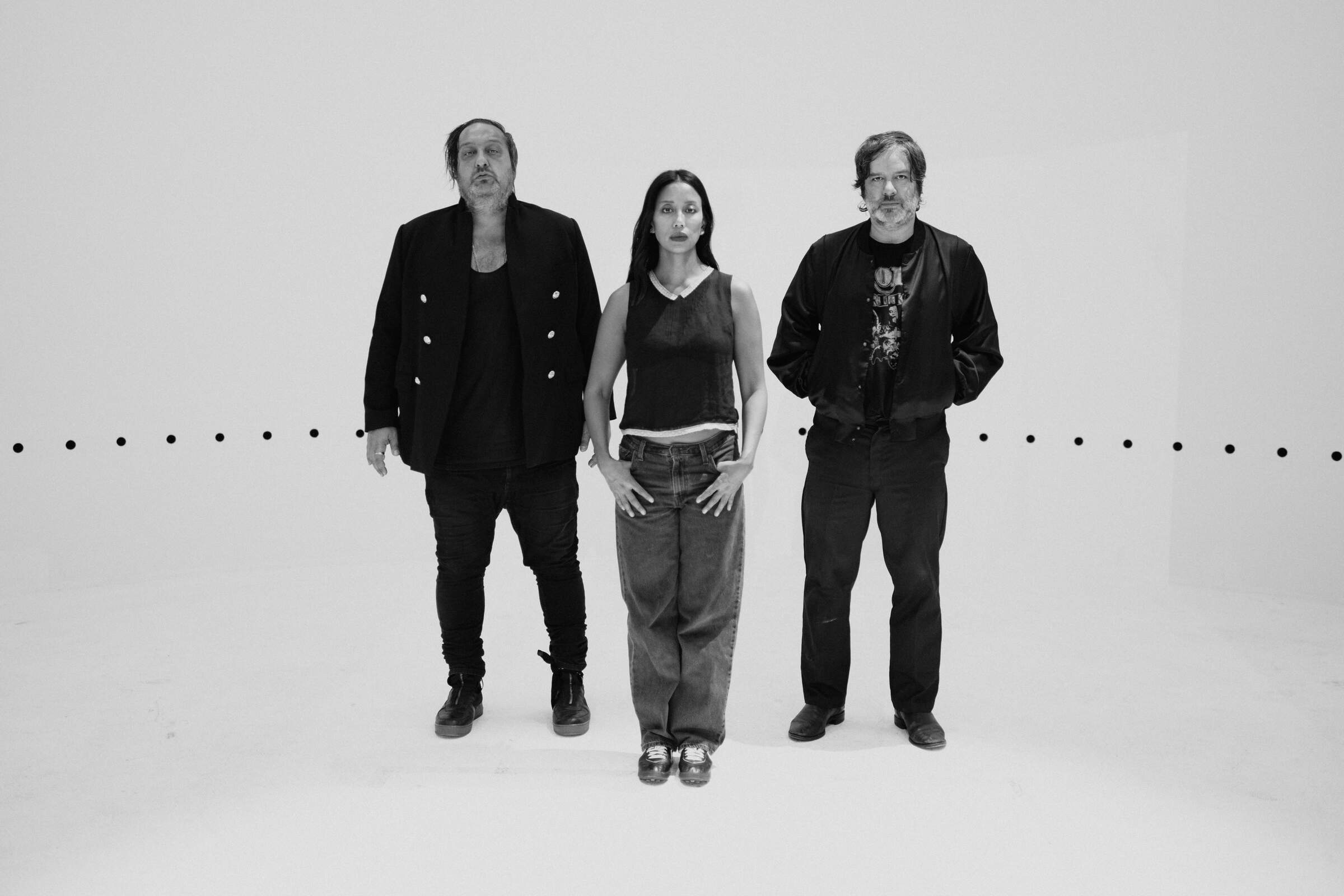
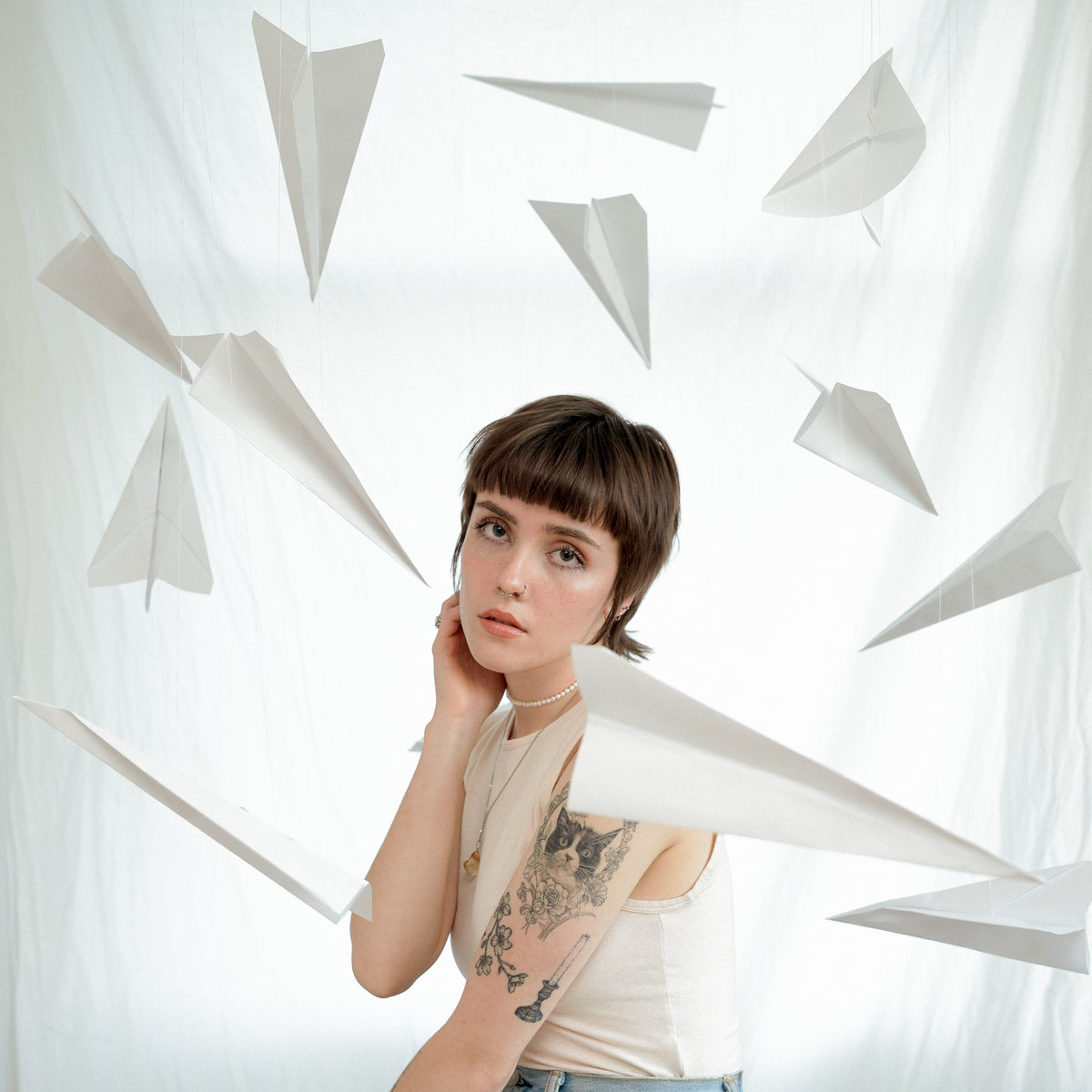
Thanks for this unknown band.
What happened Alan Culley